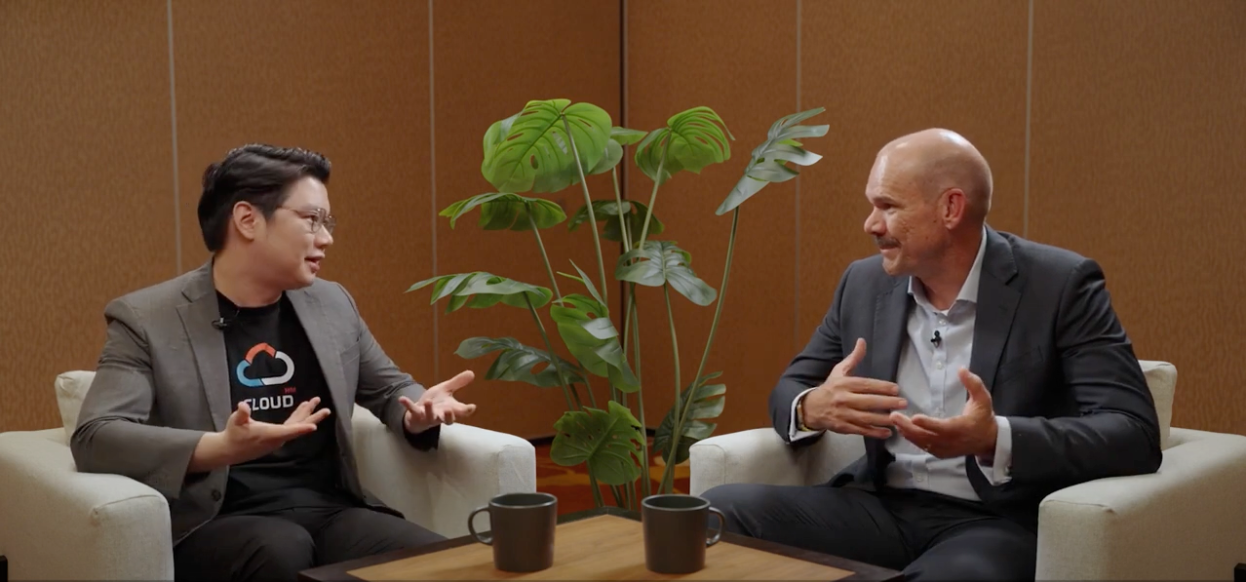The skills gap in the technology industry isn’t new. The rate of change in the industry has always had organisations competing for top talent. But the increased demand for technology as a result of the pandemic has left many organisations struggling to find the talent to deliver ambitious transformation projects.
In an article titled ‘The most in-demand skills in 2022’, from recruitment specialists, HAYS, software developers topped the list followed by civil project engineers and digital producers, while RMIT Online’s report, Ready, Set, Upskill - Effective Training for the Jobs of Tomorrow, published in 2021 in collaboration with Deloitte Access Economics, found that 87% of jobs now require digital skills.
For many organisations, these digital transformations include the cloud. And as many organisations move to multi-cloud, the skills they require from their team members are changing.
VMware’s own research has revealed a similar need for critical digital skills.
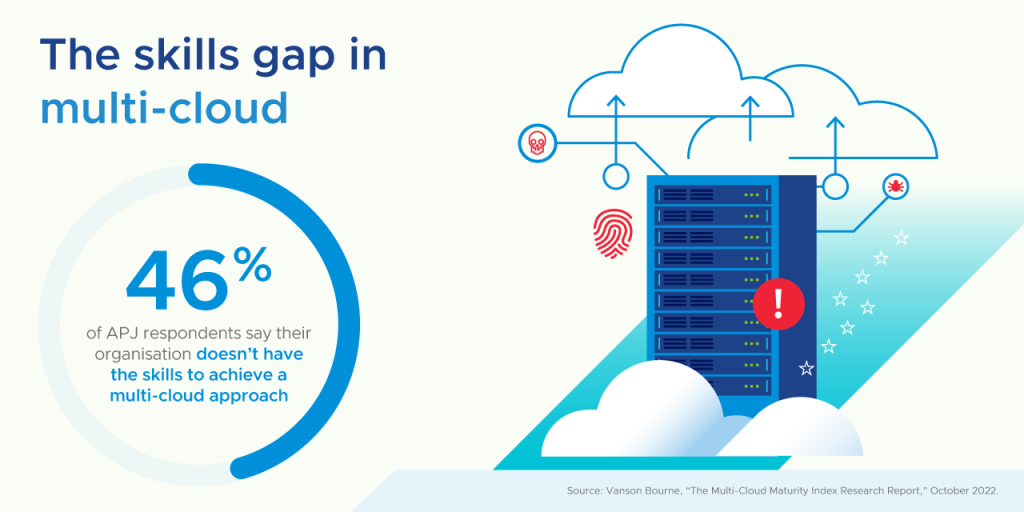
Four of the key skills related issues that organisations are grappling with include:
- Developing a multi-cloud strategy: Organisations often move parts of their operations into the cloud by necessity, but it can quickly become unwieldy without a clear strategy in place. A multi-cloud strategy will help your company determine how these different parts work together to drive the company’s vision.
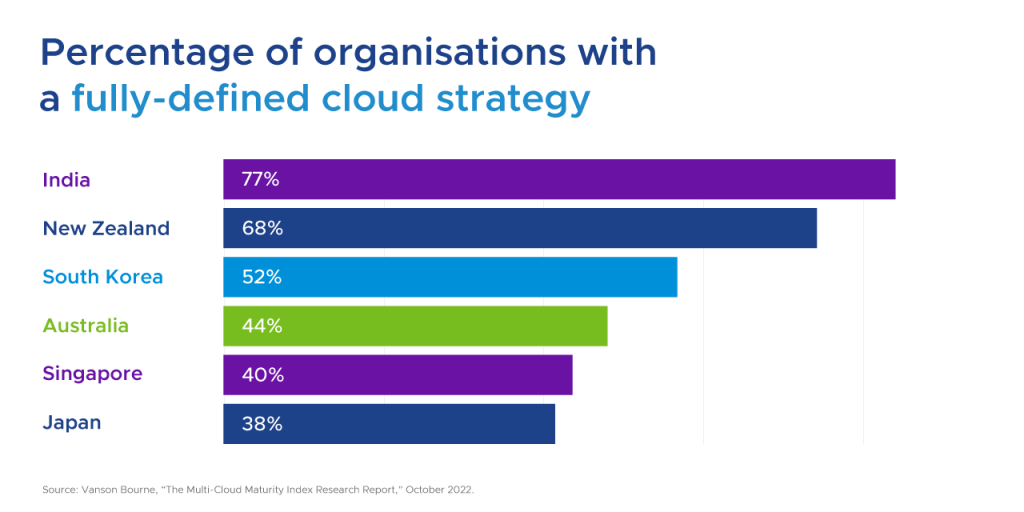
2. Upskilling the whole workforce: As we know, purchasing technology is just the start. A well-developed strategy will ensure the smooth adoption of new technology across the organization.
I recently sat down with Na-pajra Umpudh, CEO of Cloud HM, a VMware strategic Cloud Provider Programme partner in Thailand, to discuss closing the skills gap. One of the key points he raised was the importance of upskilling all employees, not just those in IT. This ensures everyone – from senior executives to business development – can make informed technology decisions and understand how technology can help shape the company’s business strategy.
3. Managing and securing data: As more data moves into the cloud, ensuring adequate data protection is critical. This is an area that many companies have flagged for improvement.
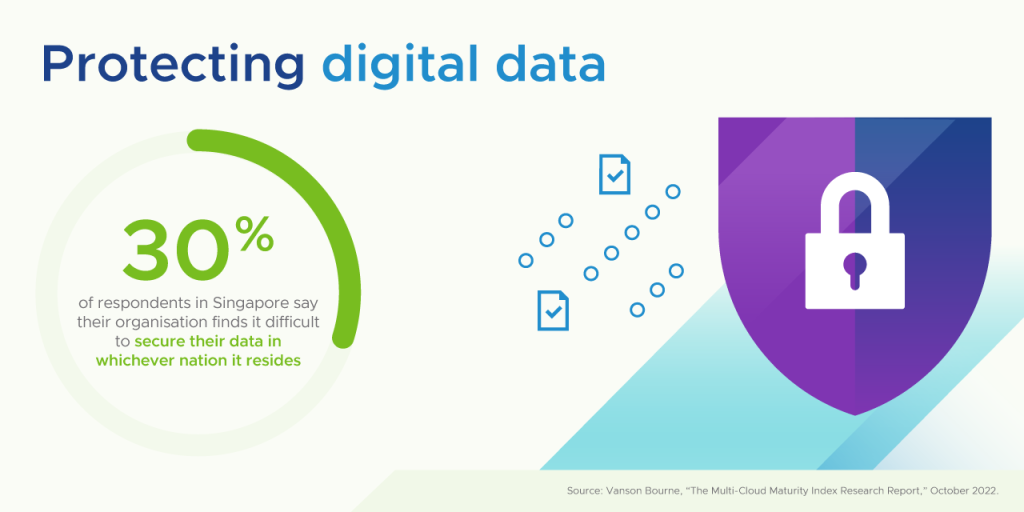
4. Developing effective cybersecurity: Without a cybersecurity plan, sensitive data and essential assets stored in the cloud could be at risk.
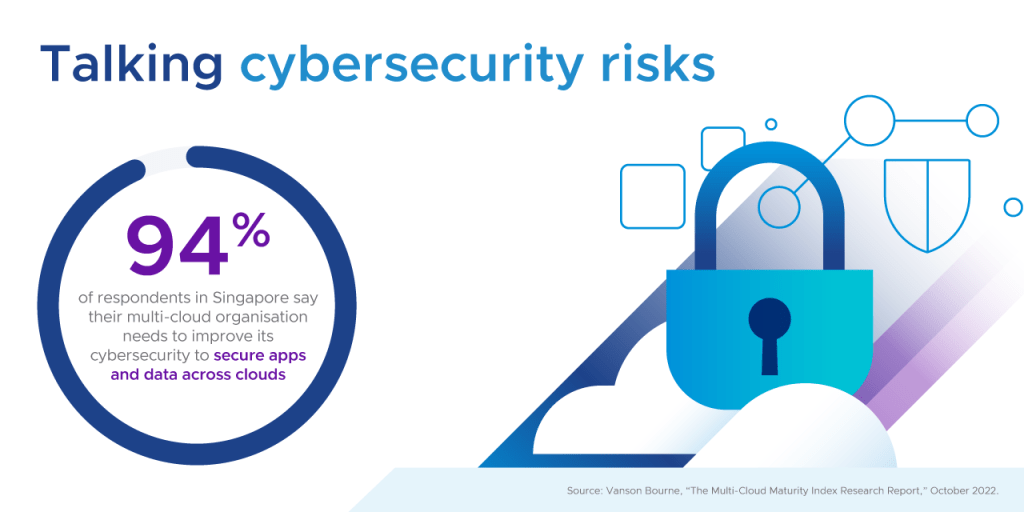
In the midst of a critical skills gap in the industry, there are various approaches organisations can take to help improve their capabilities in these areas and plug any skills gap.
Engage New Talent
Getting the right talent on board requires organisations to look closely at their recruitment processes. A long list of prerequisite criteria could deter very capable candidates from applying.
In 2021, our Global Talent Acquisition teams introduced a new hiring model, known as GO Hiring (Guided by Outcomes). This means we focus job descriptions on performance outcomes or goals rather than a string of ‘must-have’ requirements. We also explore a candidate’s motivations, values, achievements, and problem-solving abilities.
Our innovative model ensures we remain open to the unique skills and diversity of thought that different candidates bring to the table. Through taking a broad-minded approach, organisations can feel confident in bringing the right talent on board.
Looking for Skills in New Places
Thinking beyond your usual recruitment processes can enable you to find diverse talent to help close the skills gap.
Programmes such as VMinclusion Taara in India and VMware Sakura in Japan support mid-career women to re-enter the workforce by upskilling them in the latest, in-demand technologies. To date, 23,000 women have registered to upskill with VMinclusion Taara and more than 5,000 of these have re-entered the IT workforce.
Companies can also fill the skills gap by providing growth opportunities to employees who are eager to upskill. It’s been interesting to see this trend – termed ‘quiet hiring’ – gain momentum in recent months. Upskilling employees in existing roles with new responsibilities presents an opportunity to fill some gaps without going the extra step of hiring a new employee.
Companies can also support employees to build new skills through volunteering. Not only are employees giving back to their community; they’re also immersed in a new environment that can offer them a fresh perspective and strengthen their problem-solving skills. These newly acquired skills can in turn benefit their workplace.
As a volunteer surf lifesaver, this is something I am very passionate about. Volunteering has taught me about teamwork, leadership, and making difficult decisions under pressure – all skills that have served me well in my professional career.
VMware Service Learning aims to afford all employees a similar opportunity. Employees can take 40 paid hours to volunteer with a non-profit, which can also help them to develop hard and soft skills, including a mindset of continual learning, embracing challenges and providing mentoring to others.
Design In-House Programmes
With technology developing at a rapid-fire rate, organisations need to ensure their people are keeping pace. VMware’s internal training programs ensure employees stay abreast of recent developments.
Hive, VMware’s internal learning platform, gives employees access to over 10,000 courses that includes the latest training on VMware solutions. Employees also have access to LinkedIn Learning, as well as Rosetta Stone to develop new language skills, enabling easier communication with employees, customers and partners across the globe.
We also have Take 1, 2 and 3 that allows VMware employees to learn skills in any area beneficial to their role. With Take 1, every employee with one year or more service has access to $5,000 USD to spend on training and conferences. Take 2 is a two-week secondment to another team, and Take 3 is a three-month secondment within VMware or with another, related organisation.
By cultivating an environment of continual learning, you’ll be helping to make your employees future-ready. This is important not just for progression, but for keeping employees motivated and stimulated at work.
Utilise Partners' Expertise
Upskilling your workforce might seem like a daunting prospect at first, but the responsibility doesn’t need to rest solely on your shoulders.
External providers’ technical knowledge can be drawn upon to benefit your workforce.
VMware’s professional services support customers to architect, deploy, integrate and operationalise solutions across the VMware portfolio. We also work with more than 28,000 partner organisations globally, many of whom provide similar support and expertise to customers. By working with a partner organisation, customers can utilise a range of skills and expertise for projects big or small, which negates the need to have these in-house.
Shadowing programmes also provide a great opportunity to learn from external providers. Take, for example, the VMware Tanzu Labs team that works alongside customers for an intense period and not only helps build apps for customers but trains the internal teams to do so themselves. Or through a VMware Enterprise Learning Subscription, customers can pursue their own learning tailored to their individual job, skill or area of development. This is ideal for globally dispersed teams with varied skill levels.
In Singapore specifically, our partnership with Nanyang Technological University (NTUC) Learning Hub provides subsidised access to learn about various virtualisation concepts and cross-cloud architecture.
Cross-collaboration and drawing on expert industry knowledge from a range of sources is key to addressing any workplace challenge; the skills gap is no different.
Achieve Efficiency Gains through Tech Investments
When adopting new technologies, organisations are typically looking to gain efficiencies. But often, the opposite can be true due to the complexities this brings.
Take, for example, the public cloud hyperscalers – AWS, Alibaba Cloud, Google Cloud, IBM Cloud, Microsoft Azure, and Oracle Cloud – which each provide different benefits. The ones that organisations choose will depend on the workloads they are looking to run. However, similar to coding languages, each cloud has its own language.
By VMware Cloud providing the consistent infrastructure, your employees can utilise their knowledge of VMware regardless of what environment – data centre, edge or cloud - your workloads are running in.
To help you build that knowledge in the first place, VMware Learning recently released a free multi-cloud course. The programme covers topics including the key components of a VMware Cloud solution, connecting and migrating to VMware Cloud across different hyperscaler partners, and addressing potential cloud roadblocks. At the end of the programme and after passing the VMware Cloud exam, participants receive certification as a VMware Certified Professional.
So far, the programme has generated some amazing results. 5000 exams were scheduled in less than four days – 4000 of these were in less than 24 hours! On average, there were 15,000 impressions for 70 social posts about the multi-cloud course, showing the huge amount of interest in this type of offering.
The first 5000 students to register for the exams also received a free voucher to put towards Pearson Vue – a professional learning provider that delivers coursework, scenario-based labs, practice tests and exams across a range of industries.
Future Proofing your Workforce
As organisations incorporate more automation, it’s critical to reskill your workforce so employees stay up-to-date with the latest technological developments. This will help to power your business to reach new heights.
Investing in cross-collaboration and your people’s development as well as embracing new technological solutions can turn a current challenge – the digital skills gap – into a new opportunity for growth.

